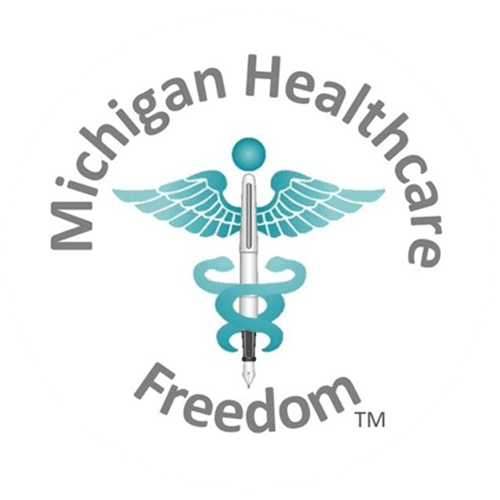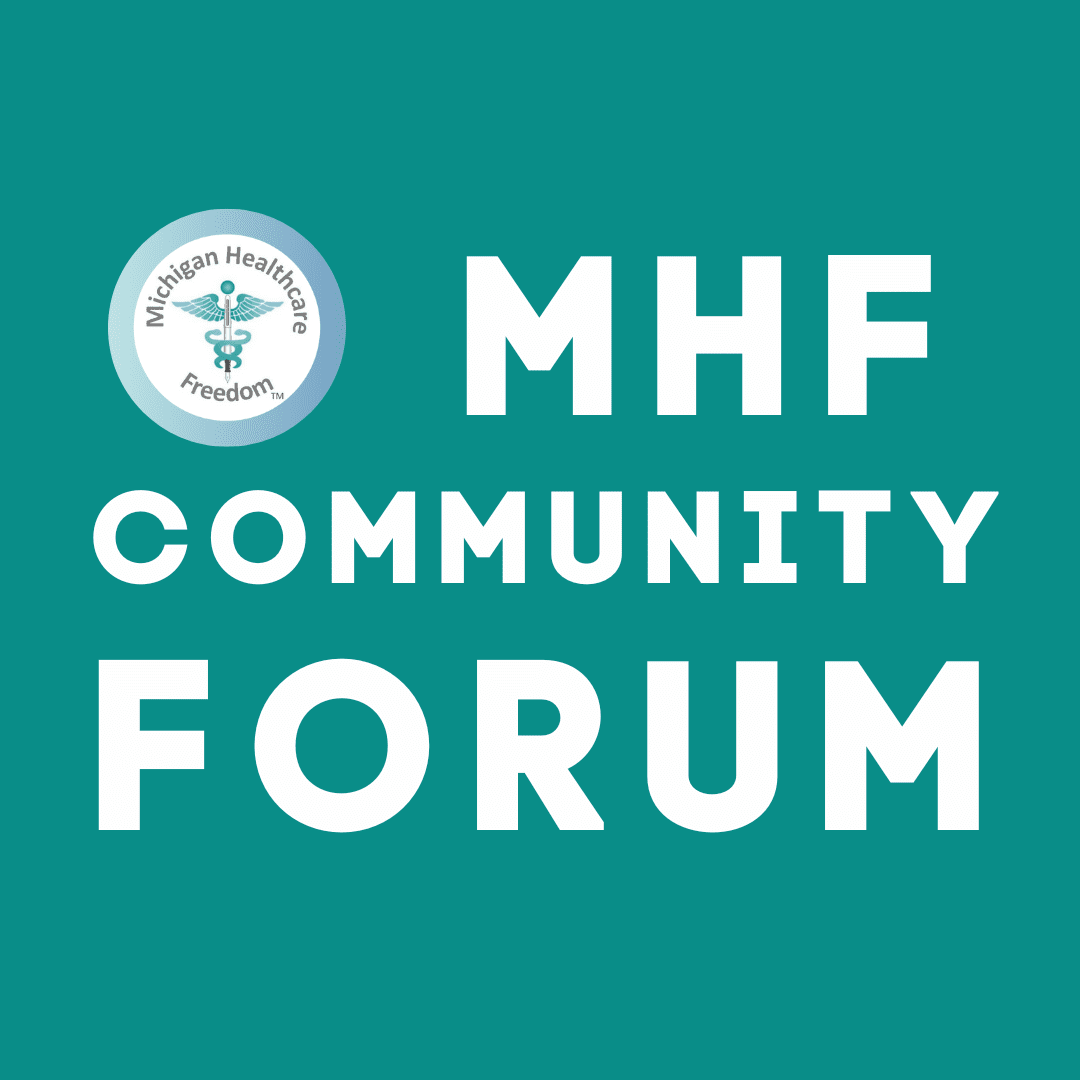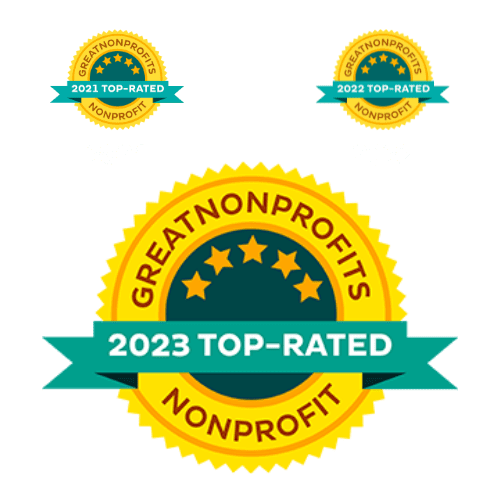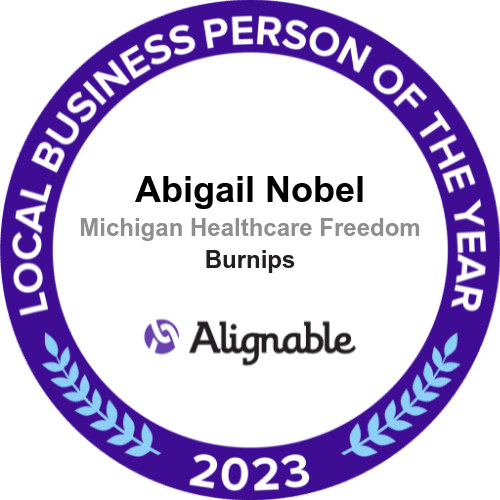
A public-private partnership in Flint has created a new cash transfer program, RxKids. An initial payment to expectant mothers of $ 1,500 is intended to cover prenatal care. Then, after birth, mothers get $ 500 a month stipend over the baby's first year. 504 mothers have been enrolled in RxKids thus far:
Michigan city offers pregnant, postpartum moms $7,500 lifeline
By Alexis Kayser - April 5, 2024In Flint, Mich., every pregnant and postpartum mother can receive $7,500 in aid over the first year of their baby's life through a new program called Rx Kids.
The program, which launched in January, is not just for low-income mothers. Every mother who gives birth in Flint can receive the funds with verification of pregnancy from a healthcare provider.
The monetary infusion begins during pregnancy, giving mothers $1,500 to encourage prenatal care. After the baby is delivered, the mother receives $500 per month for the first year of the baby's life.
Rx Kids is piloted by Mona Hanna-Attisha, MD, a pediatrician and associate dean for public health at the Michigan State University College of Medicine in East Lansing. She is also the founding director of Pediatric Public Health Initiative, a partnership between the university and Flint-based Hurley Children's Hospital.
Dr. Hanna-Attisha recently told NPR she aims to track whether the funds lead expectant mothers to seek prenatal care earlier, and how birth outcomes such as birth weight and neonatal intensive care unit admissions are affected.
"What happens in that first year of life can really portend your entire life course trajectory," she told NPR. "Your brain literally doubles in size in the first 12 months."
Approximately 1,200 babies are born in Flint each year, where the child poverty rate is more than 50%. Expectant mothers told the publication the funds will help them extend maternity leaves and spend more time with their babies postpartum, which was previously unattainable for many, according to Dr. Hanna-Attisha.
"We just had a baby miss their 4-day-old appointment because mom had to go back to work at four days," she said.
Rx Kids currently has more than $43 million in funding, enough to support it for three years. It is primarily funded by foundations and health insurance companies, though the state of Michigan allotted a small portion of its federal Temporary Assistance for Needy Families funding to the initiative.
No financials on RxKids yet available, but some of the donors are shown on this sponsors page:
BridgeMI first covered this story with a longform article in January. We posted it under "MDHHS" where it has too many views to move, so I'll link it here.






